If Google is showing you this page directly, click here to go to the start of the article.
Features & Modes
In this section, we’ll explore the features and modes of the ZEN CAN 3. The amplifier offers four gain levels: 0dB, +6dB, +12dB, and +18dB. For sensitive IEMs, the 0dB setting is the only viable option. As I’m writing this, I’m listening with the 64 Audio Volür at just 5% volume, which is more than sufficient as it reaches approximately 70 dB. For this setup, I connected the ZEN DAC 3 to the CAN 3 via a 4.4mm cable, setting the DAC 3 to FIXED mode using the rear panel.
The Ananda Nano headphones require a bit more power, around 50% of the 0dB setting, while my modded 58X (which measures similarly to a 660S) needs even less, comfortably playing at about 30% volume on 0dB gain. The multiple gain levels allow for precise power adjustments, but I do wish there was a -6dB mode for better compatibility with extremely sensitive multi-driver IEMs.
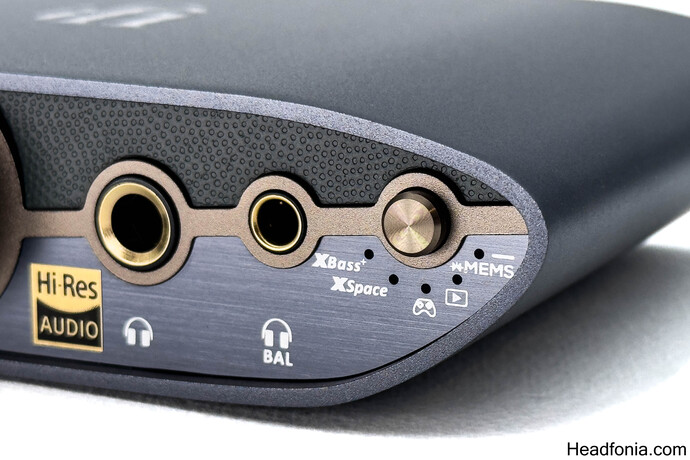
The XBass+ analog filter enhances low-end frequencies between 10-125 Hz (according to my ears at least), adding a satisfying oomph without overwhelming the midrange. I found it especially effective with headphones. Toggling it on is simple: a single press of the mode button on the far right activates XBass+. Pressing the button again turns off XBass+ and activates XSpace, which widens the left and right stereo separation. This feature works well with some of my IEMs and headphones, but not as much with others. Pressing the mode button once more toggles both XBass+ and XSpace simultaneously.
For Game Mode and Movie Mode, you continue pressing the mode button to cycle through the options. Unfortunately, there’s no way to use XBass+ and XSpace in combination with Movie or Game Mode. To access xMEMS mode, you need to press and hold the mode button. I haven’t had the chance to try out xMEMS-equipped IEMs yet, so that mode remains a mystery to me. According to iFi, Game Mode boosts subtle lows and low-mids, making it easier to detect distant footsteps or approaching threats in competitive play. They also state that Movie Mode is specifically designed to clear up muddy dialogue in streamed content.
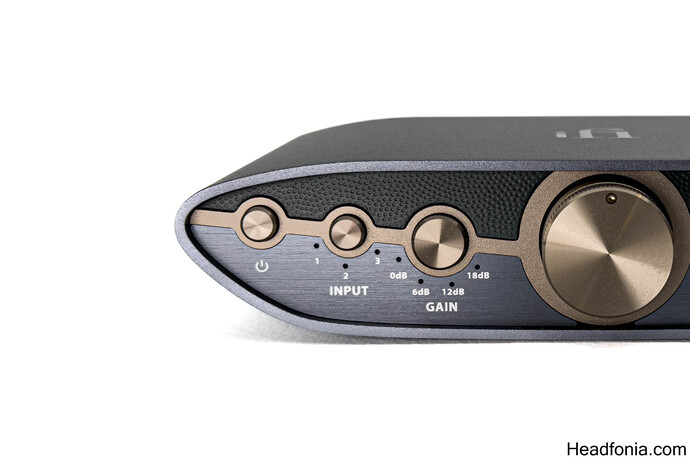
Sound Impressions
The Zen Can 3 carries iFi house sound, which is neutral-warm with good note-weight. I paired it with different DACs, and the results were consistent. However, the most impressive combo was with the ZEN DAC 3 through the 4.4mm BAL. Before going any further, here’s what I said about the ZEN DAC 3’s sound:
The Zen DAC 3 is characterized by its warm and smooth sound signature, making it a delightful experience to listen to for extended periods. The warmth especially alters the lower treble, making the presentation more lush and smooth. The DAC colors and saturates the sound, which can either be a perfect match for some users or perhaps too warm for others who prefer a more neutral or analytical sound.
So, I paired the ZEN DAC 3 with ZEN CAN 3, and the results were… surprisingly impressive, and I was blindsided. The DAC 3 CAN 3 stack sounds balanced across the spectrum, with less warmth. It has good lower treble extension, as well as good amount of presence on the high treble region. This surprised me because ZEN DAC 3 sounded more mellow compared to the stack. ZEN CAN 3 improved the sound of the ZEN DAC 3 by a good margin, offering more detail in the midrange, upper midrange, lower treble, and higher treble. Bass was similar; both devices offer great impact and presence and are able to reflect the equipment you pair them quite well. Also, the stack sounds more effortless compared to only ZEN DAC 3 (dac-amp, variable mode, 4.4mm)
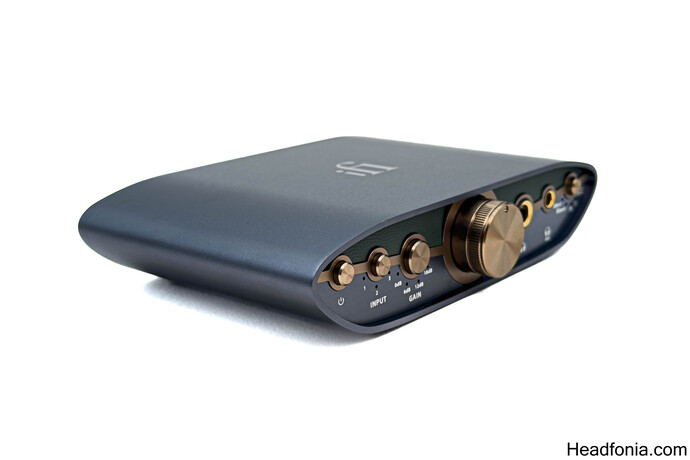
What I liked about the ZEN DAC 3 DAC+AMP was the smooth rendering; with the ZEN CAN 3 stacked with the DAC 3, you still get a smoother tonality but with a better-rendered midrange and treble. It feels more dynamic, vivid, and less colored compared to using ZEN DAC 3 only.
Technical capability-wise, the DAC 3 + CAN 3 combo is wonderful. Relatively wide soundstage with a satisfying depth. The stack also handles congestion-prone tracks much better than DAC 3 alone. It’s like the CAN 3 lifted the burden on DAC 3 and let it sing. The resolution and transparency are perceivably better, too. Is it a double the price difference? No, nothing is in this hobby, yet the stack surprised me a lot.
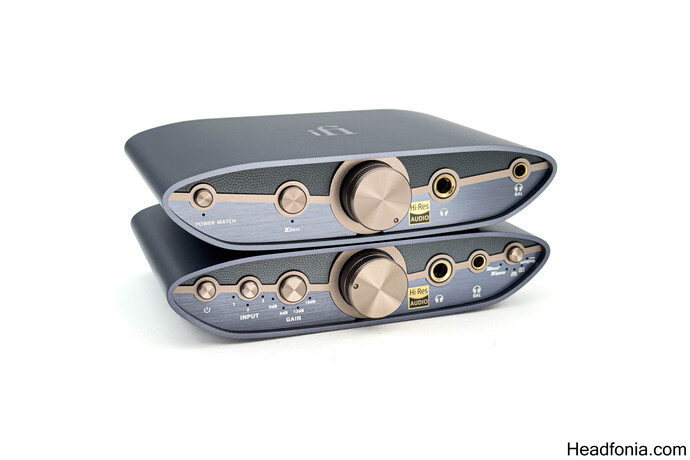
vs. Topping D50 III & A50 III ($428 USD)
Here, we have two viable DAC & AMP stacks with similar price tags. However, they are more different than alike. I won’t be covering I/O options, design, and the rest of the feature sets; you can see those easily. However, I’ll be covering the sound in-depth. I’m using Volür and Ananda Nano for this comparison, volume-matched.
The low-end quantity of the iFi sounds slightly more abundant, but the Topping combo is tighter and has a better resolution. The low mid control is superior on the Topping, especially with IEMs. Also, you get to control the volume much better with sensitive IEMs. The midrange is smoother and mellower on the iFi, the attack and decay of notes are sharper on the Topping, but iFi’s tonality feels slightly better, more natural, especially in the midrange. The upper midrange of the Topping sounds more exciting with better extension, faster dispersion and feels more transparent. Although, the upper midrange differences are marginal. Treble is where the devices really go their own route; the Topping is livelier with more energy into the top extension, whilst the iFi stack aims for a smoother rendition of the top-end. If you want a non-fatiguing, clean, yet somewhat trimmed treble, iFi will keep you satisfied. If you are after expansive top-end, the Topping is the way to go here. Both cater to different target groups, and both are quite good in their own way. Signature-wise.
Technical Capability between the units is similar; both of the stacks have good imaging and offer great soundstage rendering and separation. Topping offers a slightly faster PRaT, which may be originating from its more linear low-end response and slightly drier midrange. Overall, it’s all down to preference between these two.
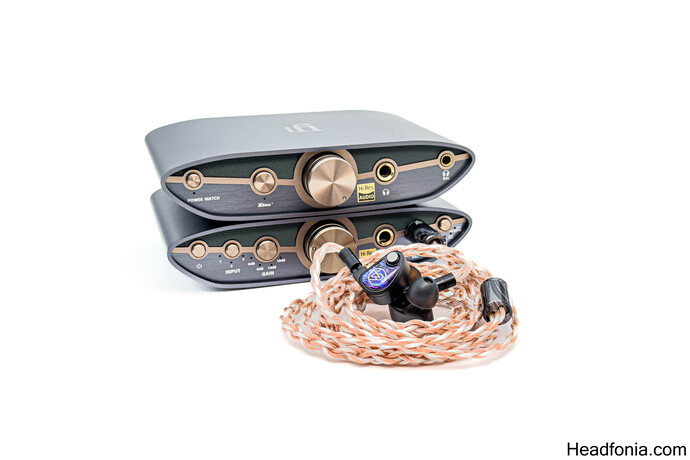
Last Words
We took a look at the latest addition to the ZEN lineup, the CAN 3, which combines a refined build, thoughtful modes/features, and powerful Class A amplification in a compact chassis. Priced at $229, it delivers good value with analog EQ modes like Movie and Game, which are designed to enhance the experience without resorting to DSP. It is a versatile little beast, great for power-hungry cans.
Surprisingly, when ZEN CAN 3 paired with the ZEN DAC 3, it offers a detailed, neutral-warm sound that stands out for long listening sessions, with improved balance, soundstage depth, overall transparency, and dynamism over the ZEN DAC 3 alone. Overall, the ZEN CAN 3 is a high-quality, well-rounded amplifier that balances functionality and performance.
Summary
Pros:
+ Good amount of power
+ Good technical capability
+ Xbass+ works well
+ Excellent build quality
Cons:
– 4.4mm IC could’ve been included
Page 1: iFi, ZEN CAN 3, Packaging & Accessories, Design & Build Quality,
Page 2: Features & Modes, Sound Impressions, Comparison, Last Words







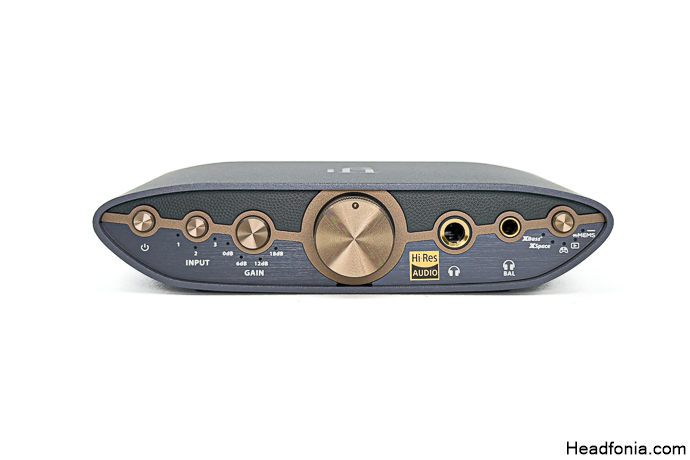
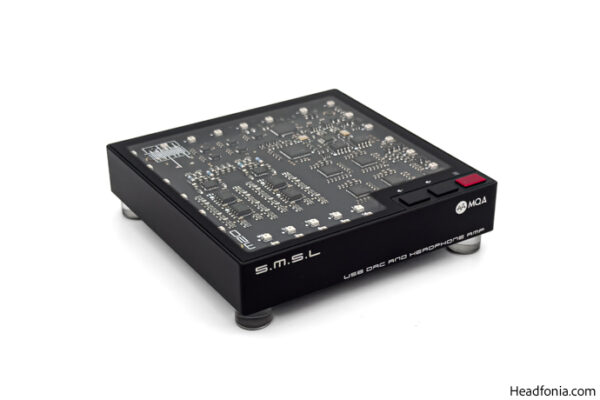

Lionel
Hello Yagiz,
Thank you for this detailed review. It’s always a pleasure to read your adventures.
Something got me thinking and please bear in mind that this hobby is kinda new to me : am i wrong to say that dongle dac are underpowered versions of desktop dacs ?
I guess what i’m trying to ask by saying hat is this : if power doesn’t matter, can we say that if the tuning, the sound signature is what matters, we don’t need desktop dacs ?
I can’t help myself to compare in my mind some dongle to some desktop dacs for example :
– the onix to this zen can
– the ibasso dc07 to a highly resolving Topping, pretty much any of them.
If power doesn’t matter, do i need to buy a zen can if warmth is what i’m after ?
Do i need to buy a topping desktop dac if technical capabilities is what i’m after when i have the dc07 ?
I love this kind of conversation.
looking forward to your response,
Thank you.
Yagiz
Hey Lionel,
I hope you are well! Thanks for the kind words.
Think of dongle DAC/AMPs as miniaturized versions of desktop DACs (or DAC& combos). Desktop units have distinct advantages over dongles, mainly because the physical space allows engineers to design more complex audio circuitry with better filtering, advanced power supplies, and higher quality DAC implementations (like R2R or FPGA designs) etc. This generally translates into “better” sound, though how much better depends on how sensitive your ears are to those nuances. It’s really a trade-off between convenience and performance, so I’d always recommend trying out different setups if you can.
If you don’t have a local audiophile shop, start small and explore/purchase different budget equipment to discover your preferred sound signature without jumping right into the mid or high end. Drivability is a separate topic, but unless you’re using an extremely power-hungry headphone, most gear released in 2024 will easily handle typical loads. Modern dongles are already pushing 300mW+ at 32 ohms, so raw power is less of a concern. However, more power doesn’t necessarily mean better sound.
If you’re after warmth and considering the iFi stack, I’d recommend the ZEN DAC 3 without the CAN 3, which as a standalone DAC AMP, offers a warm & smooth sound signature. Also, keep in mind the law of diminishing returns: after a certain point, the improvements in sound quality become smaller and less noticeable. This is why starting small and exploring different gear to find your preferred sound signature is often the best approach, especially in the beginning.
Hope this helps!
Lionel
Hello,
Thank you for your response, it makes complete sense.
Would you advise on proceeding in the same way with iem/headphones ? Going up in price until you find your “niche”.
I listen to a lot of gansta rap/boom map 90s New York rap where lows and mids and king if this type of music.
Treble are important for my gaming sessions though.
I currently have a Hifiman He-4xx, a Senn Hd660s with a weird 2n hand stack combo comprised of a schiit magni3+ and a Mayflower arc dac.
I later bought the moondrop 50$ dac and a ka1.
I’d say the Fiio tuning fits my music tastes quite nice and would also say that depending on what i listen to, those dongles dacs are better than my weird stack.
Initally thought about getting a Smsl Do400 for my entrey to mid-tier dac/amp but after your comment, i realise i maybe need to spend some more time with low budget dac before fully appreciating the benefits of the mid tier.
Have a good day Yagiz.